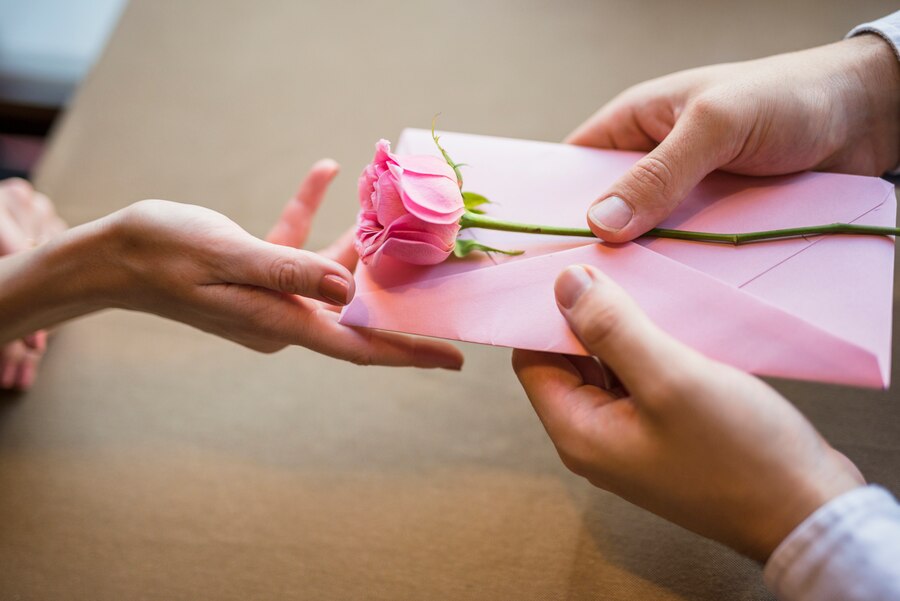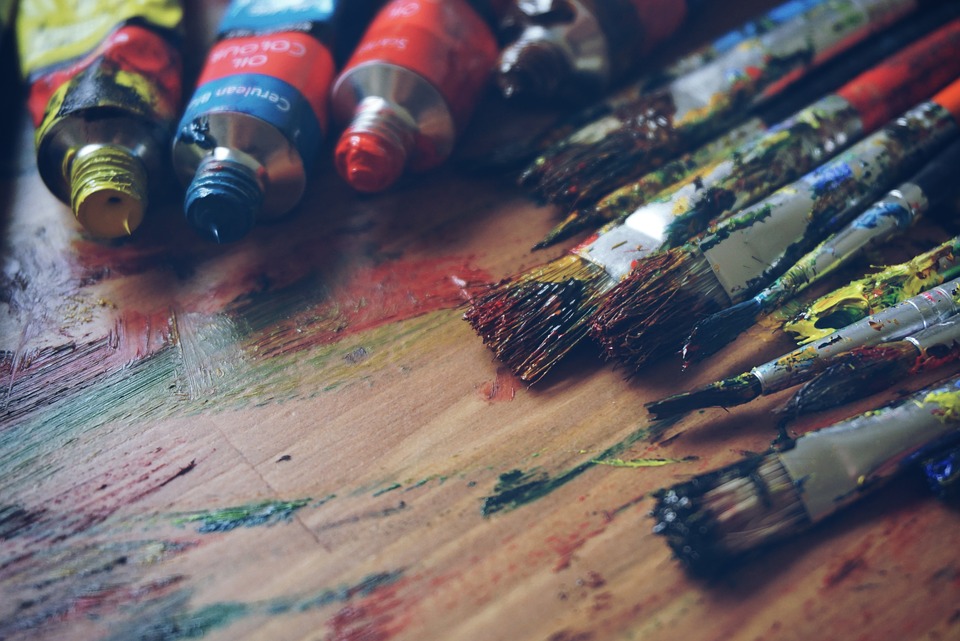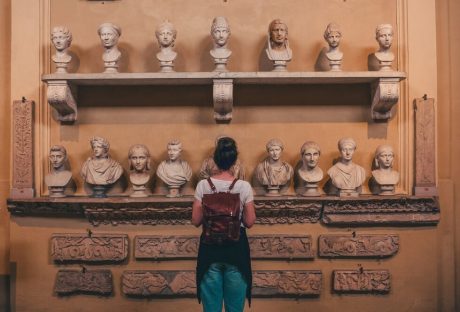Asking someone to marry you is one of life’s major milestones. It’s a special moment that’ll last forever and lead to countless memories to come. These days, a proposal isn’t just the act of asking someone to be your life partner, though. It has become an entire experience.
People have started cherishing smaller moments and living in the present. And in between everything, the journey of you and your loved one begins with a proposal. The art of presenting a ring before your beloved can be a reflection of your personality.
With that being the case, crafting the perfect proposal is crucial. Many people find that thought to be pretty intimidating, but with a few simple measures, you can create a proposal that paves the road forever. So, let’s get started with an article that has the right plan to surprise your partner.
Get A Ring
First of all, if you’re going to propose, you need a ring. It’s becoming more common for couples to meet with designers to create their own customized wedding sets. To do that, you need to already have a positive answer to the perfect proposal, though.
It’s important to have a ring in hand to slip onto your partner’s finger during the actual proposal experience, even if it’s a simple, basic one. You can always upgrade to a more elaborate, one-of-a-kind wedding set later on.
Now, you know this particular person very well, which is why you are asking for their consent, right? Buy a ring that sparks their personality a lot. Focus on the cut, stone-colour and other features. If you are perplexed about these, just ask your partner casually what kind of a ring he/she likes and then buy a similar one!
Choose The Perfect Location
From there, you’ll need to choose the perfect location to pop the question. The location creates a certain amount of ambiance and sets the stage for the experience. You could choose a secluded beach, a lovely field of wildflowers, a cliff with a breathtaking view of the world below, or just about any other locale.
Ideally, it should be a place that holds special meaning for you and your future partner, even if it’s simply one you’ve both talked about visiting. Some partners also want their dream location to be the exact place where either of them proposed for the first time. Or their first date spot.
Since these places hold a special memory in the hearts of both, proposing here would be the most special thing. Your partner will appreciate the thoughtfulness that you will put here, and they would love to hit the spot with you.
Plan A Personalized Experience
We see so many proposals on TV and in movies. But you do not have to copy everything. This moment is special for two unique individuals. Aside from the ring and the location, consider adding an array of personalized details surrounding the event and create the perfect proposal.
You could bring up special memories you’ve already created together or bring along the first gift your partner ever gave you. Maybe you’ve saved a napkin from the first meal you ate together. Perhaps you have a picture of a special occasion the two of you shared.
Bringing along mementos of your relationship up to this point will strike a cord and set a nice mood for the proposal. Creating a custom experience that your partner will never forget is truly something thoughtful. Let your proposal be one of a kind!
Practice Your Proposal
It’s also a good idea to plan for what you’ll say and just how you’ll ask your partner to marry you. Once you have the details in place, practice your speech as much as possible. That’ll help keep your nerves calm during the proposal. That being said, nothing ever goes exactly according to plan.
If you’re like most people, you may still get nervous and lose what you’re trying to say. Still, the thought will be there regardless, and all your heartfelt words will eventually come back together. Also, be prepared for the worst.
So many times, we get the wrong signal from a person. Thus, if a “no” comes as an answer, make sure not to be driven by that. And if it’s a “yes,” you are likely to call yourself the luckiest person on Earth, isn’t it?
Follow Your Heart
Above all else, follow your heart. You know your partner’s likes and dislikes. You know which moments stand out in your relationship, and you know your feelings. Trust your instincts and let your love guide you through the proposal.
Things may not go exactly according to your plan; there are bound to be unexpected hiccups along the way. What truly counts is the love behind the proposal and the thought and effort you put into it.
If you want a lavish proposal, go for it. On the other hand, if your heart says to keep it minimal, arrange a simple setting. Let love surround both of you in a way that nothing else should truly matter. Whether a hot-air balloon proposal or one in the jungles of Safari, everything will be truly worthwhile.
Starting Your Journey To Forever
The perfect proposal for marriage is just the beginnings of wonderful, loving lives together for couples. They’re celebrations of love and promises of commitment. They’re the gateway to countless memories together. It’s important to create an experience to fit the occasion.
No matter where you decide to ask for your partner’s hand in marriage or how you ask, it’s sure to be an incredible moment. Find a ring, develop a plan, and let your heart be your guide.
Allow me to wrap up this article with that. Thank you for showing undue attention till the end. I hope you like the details I’ve included. Make sure to share your thoughts on this by commenting below. See you soon!
Read Also:























All Comments
Секс Кукла
It was a pleasure to read. Nice article. You are a very good author.
Jesus Ratke
I appreciate the depth of analysis you've provided here.